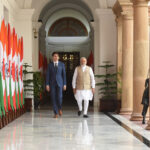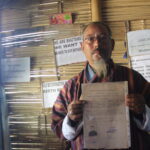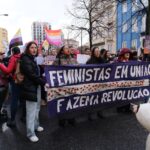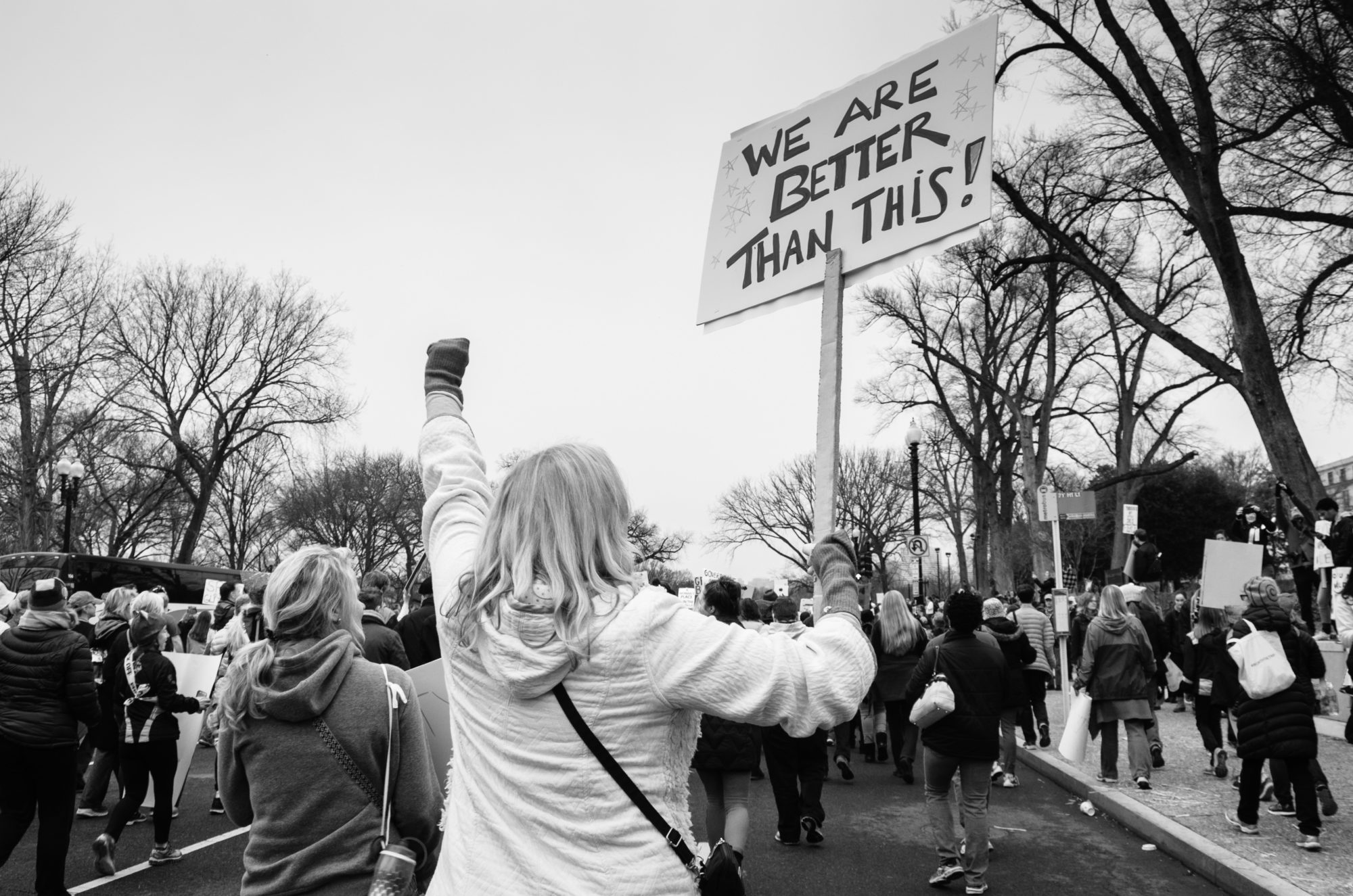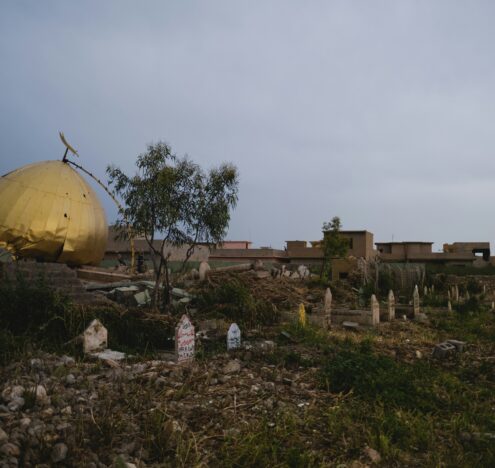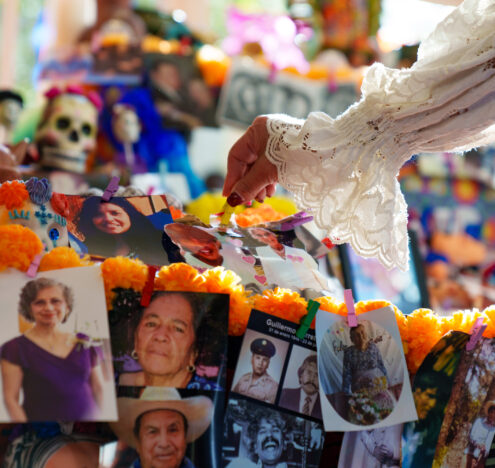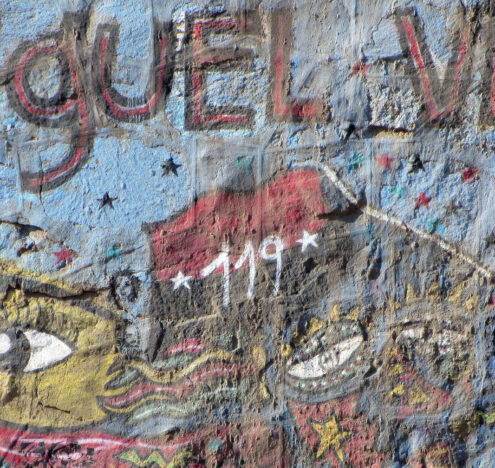The number of nonviolent campaigns has grown drastically since the 1980s. Past research shows violent conflict often spreads between neighboring countries through a ‘spillover effect’. “The conditioning effect of protest history on the emulation of nonviolent conflict,” by Alex Braithwaite, Jessica Maves Braithwaite, and Jeffrey Kucik shows that the same ‘spillover effect’ applies to nonviolent conflict due to the contagious spread of nonviolent methods over the past 30 years.
Utilizing the pioneering work of Erica Chenoweth and Orion Lewis, the authors take advantage of the comprehensive NAVCO 2.0 dataset. The set contains global data on major nonviolent and violent campaigns from 1946 – 2006. To qualify as a major campaign, the conflicts had to involve at least 1,000 people and last over two years. The nonviolent campaigns were conducted by unarmed civilians without the threat or cause of physical harm against their opponents. The violent campaigns resulted in at least 1,000 battle deaths caused by use of force.
By comparing historical data with conflict-specific information (such as country population, conflict outcome and type of autocracy), the research team identified the factors where foreign nonviolent campaigns led domestic campaigns to mimic the nonviolent tactics in their own context.
Research has shown that participants in nonviolent movements face significantly lower risks and personal costs than those participating in violent movements. Nonviolent movements also have an average of 150,000 more participants than violent movements, resulting in 20 of the 25 largest resistance campaigns of the 20th century characterized as nonviolent.
The rapid growth in participation and preference of nonviolent campaigns led to two hypotheses: 1) nonviolent campaigns in foreign countries increase the likelihood of new domestic nonviolent campaigns; and, 2) a recent history of domestic protests reduces the likelihood of foreign nonviolent movements influencing new nonviolent movements at home.
The main findings of the research proved the hypothesis that foreign nonviolence is contagious: the more foreign nonviolent campaigns take place across the world, the higher the likelihood of new nonviolent campaigns being launched domestically. The study also found the spread of nonviolent campaigns was much more likely to occur in countries that have gone without public protests for more than five years, suggesting the protest methods learned from foreign countries provide information and ‘best practices’ that may not be easily learned at home.
Interestingly, the study found that the success rate of foreign campaigns had no impact on the rate the tactics where adopted. The mere onset of nonviolent movements in foreign countries, as well as the indication of some level of progress towards campaign goals, were equally sufficient in motivating new nonviolent movements at home. The study also found countries with higher populations are significantly more likely to experience a new nonviolent campaign, but those that are governed by a monarchy or autocratic regime are significantly less likely to see new nonviolent campaigns.
CONTEMPORARY RELEVANCE
There has been a contagious surge of nonviolent protest movements in the last 30 years that have successfully influenced social and/or political change. These movements range from the Color Revolutions in post-Soviet states around the turn of the century to the Arab Spring movements in the Middle East and North Africa since 2010. Although some nonviolent movements may be slow to reach some of their original protest goals, this research shows that the success rate of nonviolent campaigns does not limit the rate in which nonviolent tactics spread around the world. Nonviolence needs to be recognized as a constructive method of conflict transformation which is not something of the past, but alive and well.
Additionally, nonviolence just as easily spread at the local level. The reason nonviolent methods are contagious is that they are effective. When ‘outside’ communities hear of the successful methods used during an ‘inside’ community’s protest, they are more likely to adopt their successful nonviolent strategies than to turn to violent, less productive, means to achieve their goals. Additionally, movement organizers and participants can use the amplifying effect of their networks by calling on allies to spread their campaign outside of their communities. In doing so, a local movement can become global in a matter of days, especially with the assistance of social media and when campaign issues concern a wide constituency.
The recent school shooting in Parkland, FL provides an important example. In the days after the shooting, local students and activists called on their peers and allies to demand action—and they are answering by the thousands. A viral video taken during a Fort Lauderdale anti-gun rally, featuring Parkland survivor Emma Gonzalez calling “BS” to common objections to gun control, has mobilized a base of students, teachers, gun control activists, and allies into one of the largest (and youngest) movements in recent memory. Across the country, students are staging school walkouts in protest of gun violence. So far, two nonviolent protests have been organized: the National School Walkout on March 14th and the March for Our Lives on March 24th where an estimated half million people will march on Washington, D.C. to demand gun reform. These protests follow the popular and effective Women’s March following President Trump’s 2016 inauguration and the National School Walkout organizing committee include some of the same leaders. An obvious correlation would be to connect the success of the Women’s March to the inspiration behind March for Our Lives and the National School Walkout. Additionally, the above research, and various examples from the long list of successful nonviolent campaigns points to the quantitative evidence of the contagious nature of nonviolent movements.
PRACTICAL IMPLICATIONS
The results of this study are especially important to organizers and supporters of nonviolent social change. Countries with a recent history of protests are less likely to be influenced by the contagious effect of nonviolent protests from outside countries. However, countries without a recent history of civil protest look to the outside world for examples and best-practices and are much more likely to mimic their nonviolent tactics – even if the foreign protests were not entirely successful. This can be partially contributed to the relatively low risks and costs of nonviolent methods compared to those of violent methods of addressing conflict. The moral, physical and commitment barriers are much lower for nonviolent resistance, which helps attract greater participation, momentum and ultimately better chances of achieving the movement’s goals.
Additionally, the ‘spillover’ effect of foreign nonviolence to domestic campaigns provides an added benefit for practitioners. If protest organizers monitor the early warning signs of domestic conflict, they will be better prepared to convey the public’s grievances through nonviolent methods—thus creating a safer and more effective avenue for their movement to be effective.
These findings are also important to governments and multilateral policy efforts. Nonviolent campaigns are proven to be more effective in influencing regime and policy change than violent campaigns. Also, the research shows the longer a head of state has been in power, the more likely their administration will have to address a nonviolent campaign.
Published in collaboration with the Peace Science Digest, which summarizes and reflects on current academic research in the field of peace and conflict studies. To subscribe or download the full piece, which includes additional resources, visit their website.




